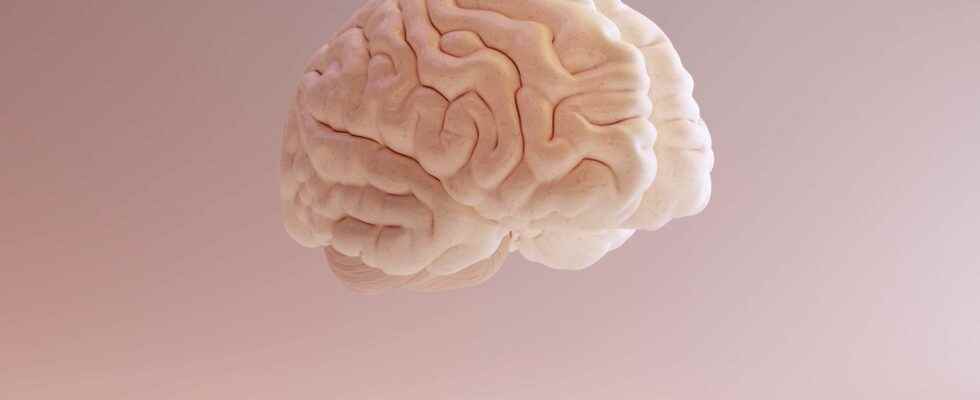You will also be interested
[EN VIDÉO] Is the world written in mathematical language? Nature is a book written in mathematical language, whose letters are triangles, circles and other geometric figures, according to Galileo. While practical and effective in explaining phenomena, math is not all powerful.
The announcement made the rounds social networks, Bruce Willis, a famous 67-year-old American actor, is ending his film career due to a health problem, more specifically recently diagnosed aphasia. Like Bruce Willis, around 250,000 people in France are aphasic to varying degrees. Aphasia is a total or partial loss of language following a brain injury. Communication with others – expressing oneself or understanding – then becomes complicated, if not impossible.
Where does aphasia come from?
Everyone is susceptible to becoming aphasic overnight, regardless of age and gender. It is the consequence of brain damage caused, in most cases, by a strokel (stroke). But this is not the only cause: a head trauma in the event of a fall or accident, a tumor cerebral, or a neurodegenerative disease can cause aphasia. Aphasia usually does not get worse unless it is due to a neurodegenerative disease. In this case, the patient’s communication skills may slowly decline.
The lesion occurs in one of the two regions involved in expression and understanding, located in the left hemisphere of the brainI’Broca’s area and Wernicke. A distinction is then made between Broca’s aphasia, which is also qualified as expressive, and Wernicke’s or receptive aphasia, depending on the brain region affected. There are other types of aphasia such as anomie, inability to name objects, conduction aphasia, or global aphasia whose symptoms may overlap.
Broca’s and Wernicke’s aphasia
Broca’s aphasia. In this case it is Broca’s arealocated in the postero-inferior part of the frontal lobe, which is injured. Broca’s aphasic has difficulty expressing words or formulating sentences, but his faculties of comprehension are relatively preserved. It is also accompanied by dysgraphia or agraphia – the inability to write – and difficulty reading aloud. If a patient with Broca’s aphasia struggles to express himself orally or in writing, he does not have any problem conceptualizing ideas.
Wernicke’s aphasia. This form of aphasia is characterized by a lesion in Wernicke’s area, located further back in the brainin the lobe temporal. The symptoms differ from those of Broca’s aphasia. Here, patients struggle to identify words, images or sounds. On the other hand, they have no trouble expressing themselves, but the sentences they produce make no sense. They are not aware that what they say is incomprehensible to their interlocutors. Wernicke’s aphasia is also accompanied by reading and writing problems where patients tend to stumble over words or make many mistakes.
Diagnose and manage aphasia
Brain imaging is essential to locate the brain lesion, estimate its size and understand its origin. The patient can then pass CT scan or MRI. Complementary tests make it possible to identify the patient’s deficits. Doctors can ask him to speak spontaneously, to name words, to write and read, to recognize objects or to repeat complex sentences.
Treatment of the brain injury can be helpful, but management is mostly done by the speech therapist. If aphasia is not fatal, it is a serious disability in everyday life and sometimes misunderstood. In addition to its awareness-raising mission, The National Federation of Aphasics of France supports people with aphasia and their loved ones in their daily rehabilitation.
Interested in what you just read?
